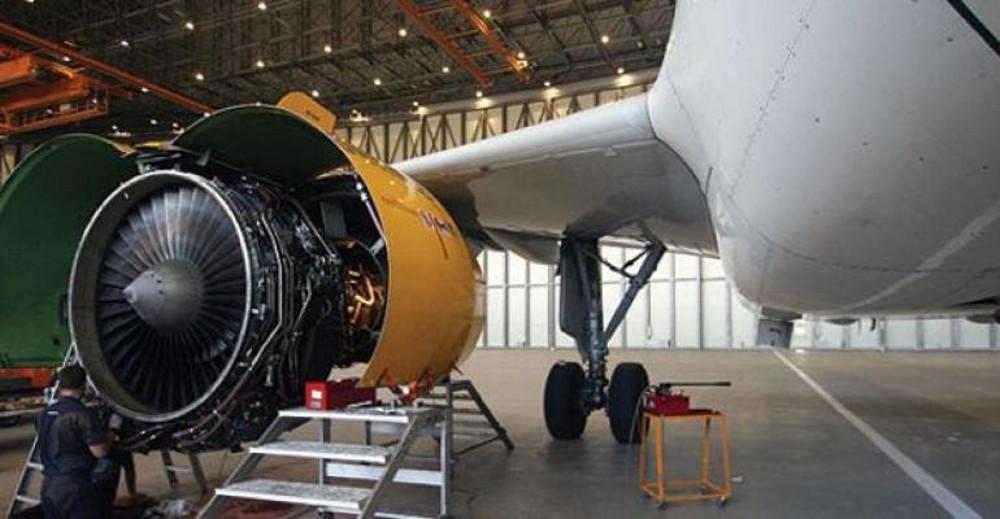データ解析とリース会社の関係性

一般的に、テクニカルデータの有効性は航空会社・MRO事業者・メーカーの視点で語られることが多い。メンテナンス計画の見直しや、新製品の設計に反映させることができるからだ。
しかし、リース会社にとってもデータ解析から得られるものは多い。リース機材がどのように使用され、どんなメンテナンスを受けたかを把握することで、より効果的なライフサイクル管理が可能になる。
機材の所有者として、通常リース会社は機体やエンジンが生成する全ての運航データや整備記録へのアクセス権を持っている。
とはいえ、一方の航空会社もまた、リース機の使用に関して「平穏享有」の権利を有することが一般的だ。ほとんどの航空会社は、リース機材のデータを頻繁に収集・送信することには抵抗があるだろう。
そのため、リース会社は機材の返却時に必要な情報を全て収集し、それを社内記録に反映させるという手法を採るのが一般的だ。
ただし、時にはデータが不完全であったり、適切に整理されていないことにより、それがうまくいかないこともある。また、データが揃っていたとしても、それをリース会社の社内システムに取り込める形に変換するのに相当の時間と労力がかかる場合もある。
この2つの問題を解決する方法として、ブロックチェーン技術を用いた分散型台帳が注目されてきた。これにより、機体やエンジンが持つ分散型台帳に関係者全員がアクセスできるようになり、その履歴も残される。
しかし、ブロックチェーン技術にも課題はある。たとえば、分散型台帳へのアクセス権を動的に取り消すことは、依然としてコンピューターサイエンスにおける厄介な問題とされている。
以上は、Alex DerberがInside MRO誌いた記事です。 Inside MRO誌は、民間航空機MROセクターの最新のトレンドとテクノロジーを調査しています。毎月の各号には、重要なテクノロジー、ビジネス、および運用上の意思決定に必要な情報が記載されています。さらに、加入者は月に1回発行されるAviation Week&Space Technologyを受け取ることができます。Inside MRO誌をもっと知りたい場合、こちらをクリックして下さい。
The benefits of technical data are typically discussed in relation to airlines, MRO providers and OEMs, and range from refining maintenance programs to feeding into the design of better products.
However, lessors are another group with much to gain from data analysis, be it to better understand how their assets are being used and maintained, or to further refine their lifecycle management.
As the owners of the equipment, lessors are usually entitled to all the operating data that aircraft and engines generate, as well as their maintenance records.
In practice, though, airlines are entitled to “quiet enjoyment” of the asset, meaning most would be unwilling to collate and send data on a frequent basis through a lease.
Instead, lessors will collect all the information they need at the end of the lease and then update their own internal records.
Sometimes this doesn’t go to plan, with lessors encountering incomplete or badly organized records. In other cases, although the records are well presented, considerable time and effort is needed to reconcile their format or presentation with that used by a lessor’s in-house system.
A blockchain-type solution has been touted as a remedy to both of the above issues by allowing all parties that interact with an aircraft or engine to record those actions on a common--distributed--ledger.
However, blockchain solutions throw up specific challenges as well, such as the revocation of access rights to a distributed ledger, as doing so in a dynamic way is still regarded as a thorny problem in computer science.